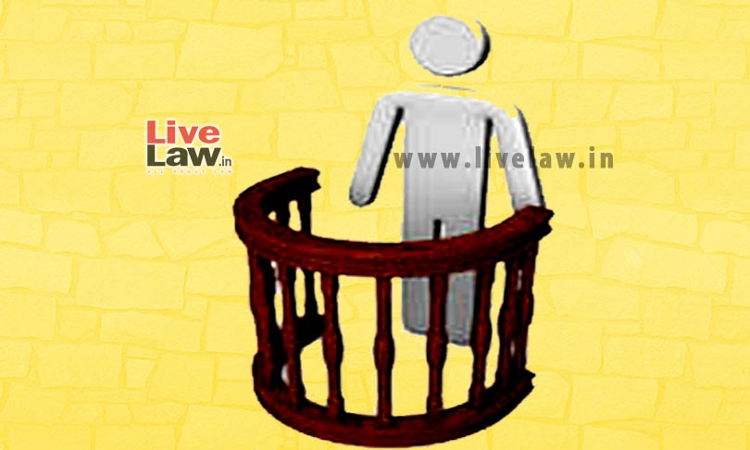- Home
- /
- Know the Law
- /
- Art Of Cross-examination : Basic...
Art Of Cross-examination : Basic Canons
SC Staff
6 May 2020 9:02 AM IST
Introduction: The law of evidence is a system of rules for ascertaining controverted questions of fact in a judicial investigation of the dispute before the Court. In India, the Indian Evidence Act, 1872 ("Indian Evidence Act") is the principal legislation indicating, what is evidence, what are the types of evidence, what are the facts on which evidence are to be led and what are...
Next Story



